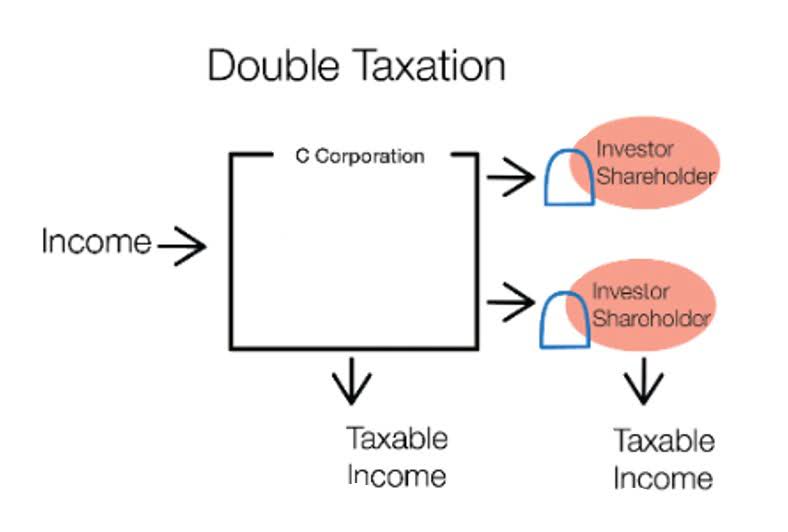Retained Earnings in Accounting and What They Can Tell You

In a smokestack, the smoke may appear to have many very small velocity perturbations or eddies, in addition to large bulky eddies. In this sense, the Reynolds number is an indicator of the range of scales in the flow. The largest eddies will always be the same size; the smallest eddies are determined by the Reynolds number.

Everything You Need To Master Financial Modeling

The size of the largest scales of fluid motion (sometimes called eddies) https://www.bookstime.com/articles/statement-of-comprehensive-income are set by the overall geometry of the flow. For instance, in an industrial smoke stack, the largest scales of fluid motion are as big as the diameter of the stack itself. As the Reynolds number increases, smaller and smaller scales of the flow are visible.
Manual calculation shortcuts
If you make your own reference sheet, you won’t have to dig through your memory in the midst of the exam. This allows engineers to perform experiments with reduced scale models in water channels or wind tunnels and correlate the data to the actual flows, saving on costs during experimentation and on lab time. Note that true dynamic similitude may require matching other dimensionless numbers as well, such as the Mach number used in compressible flows, or the Froude number that governs open-channel flows.
Where to find retained earnings in the balance sheet?
Retained earnings are like a running tally of how much profit your company has managed to hold onto since it was founded. They go up whenever your company earns a profit, and down every time you withdraw some of those profits in the form of dividend payouts. Dividing this price rise per share by net earnings retained per share gives a factor of 8.21 ($84 ÷ $10.23), which indicates that for each dollar of retained earnings, the company managed to create around $8.21 of market value.
Retained Earnings Formula: Definition, Formula, and Example

Cash dividends represent a cash outflow and are recorded as reductions in the cash account. These reduce the size of a company’s balance sheet and asset value as the company no longer owns part of its liquid assets. At the end of each accounting period, retained earnings are reported on the balance sheet as the accumulated income from the prior year (including the current year’s income), minus dividends paid to shareholders. In the next accounting cycle, the RE ending balance from the previous accounting period will now become the retained earnings beginning balance. Retained earnings are calculated by adding/subtracting the current year’s net profit/loss to/from the previous year’s retained re formula earnings and then subtracting the dividends paid in the current year from the same. Retained earnings are calculated by adding/subtracting, the current year’s net profit/loss, to/from the previous year’s retained earnings, then subtracting dividends paid in the current year from the same.
- Retained earnings are a type of equity and are therefore reported in the shareholders’ equity section of the balance sheet.
- A financial professional will offer guidance based on the information provided and offer a no-obligation call to better understand your situation.
- It generally limits the use of the prior period adjustment to the correction of errors that occurred in earlier years.
- Retained earnings represent the portion of your company’s net income that remains after dividends have been paid to your shareholders, and is reinvested or ‘ploughed back’ into the company.
- Examples of these items include sales revenue, cost of goods sold, depreciation, and other operating expenses.
- To naïve investors who think the appropriation established a fund of cash, this second entry will produce an apparent increase in RE and an apparent improved ability to pay a dividend.
As an investor, one would like to know much more—such as the returns that the retained earnings have generated and if they were better than any alternative investments. Additionally, investors may prefer to see larger dividends rather than significant annual increases to retained earnings. A company’s management team always makes careful and judicious decisions when it comes to dividends and retained earnings.

Retained Earnings Formula and Calculation
- The beginning period retained earnings is the previous year’s retained earnings, as appears on the previous year’s balance sheet.
- Retained Earnings (RE) are the accumulated portion of a business’s profits that are not distributed as dividends to shareholders but instead are reserved for reinvestment back into the business.
- This is the cross-sectional area of the channel divided by the wetted perimeter.
- The steps to calculate retained earnings on the balance sheet for the current period are as follows.
- There can be cases where a company may have a negative retained earnings balance.
- They’re like a link between your income statement (aka your profile and loss statement) and your balance sheet.
Retained earnings are a type of equity and are therefore reported in the shareholders’ equity section of the balance sheet. Although retained earnings are not themselves an asset, they can be used to purchase assets such as inventory, equipment, or other investments. Therefore, a company with a https://www.instagram.com/bookstime_inc large retained earnings balance may be well-positioned to purchase new assets in the future or offer increased dividend payments to its shareholders.
